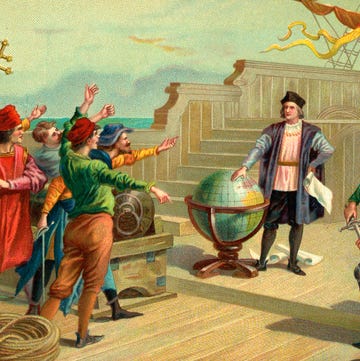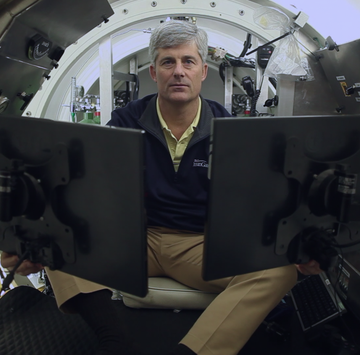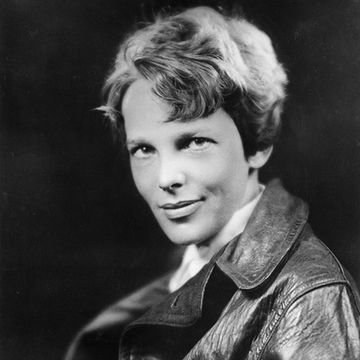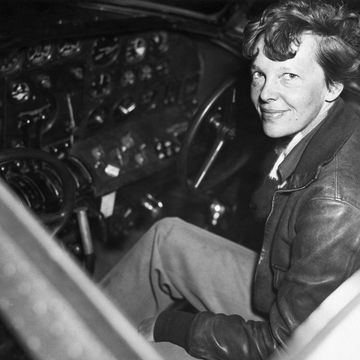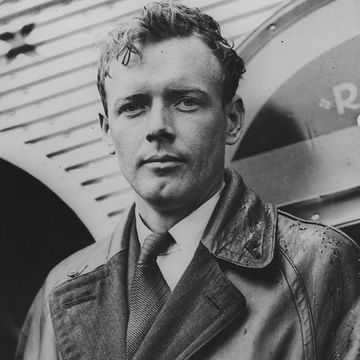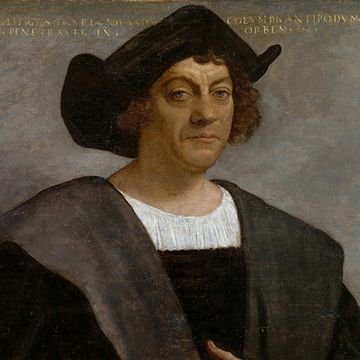In 1492, Christopher Columbus set sail on one of the most consequential expeditions in history. He and his crew spent more than a month at sea and eventually landed upon the New World.
But the journey almost didn’t happen.
Columbus, who had started sailing as a teenager in the Republic of Genoa (now Italy), was intent on reaching Asia by sea to establish new trade routes for Europeans soon after he learned about the Atlantic currents that flow east to west from the Canary Islands. He devised a route to sail west across the Atlantic Ocean to reach Asia, believing it would be quicker and safer than existing paths through the Middle East that were dominated by Muslims.
The explorer first proposed a three-ship voyage of discovery to the Portuguese king but was denied. He was rejected again by leaders in Genoa and Venice.
In 1486, Columbus went to the Spanish monarchy of Queen Isabella of Castile and Ferdinand II of Aragon. Their focus was on a war with the Muslims, and their nautical experts were skeptical, so they, too, turn Columbus down. However, they chose to keep the explorer on a retainer.
Seeing an opening, Columbus continued to lobby the royal court. But it wasn’t until six years later that he was finally granted the means to make his voyage.
Isabella and Ferdinand’s change of tune followed a major wartime victory. In January 1492, the Spanish army captured the last Muslim stronghold in Granada. No longer occupied by battle, the Spanish royals agreed to finance Columbus’ expedition.
The 41-year-old left the Spanish port of Palos de la Frontera that August with his fleet of ships: the Santa Maria, Pinta, and Niña. The explorer’s estimate that the distance between the Canary Islands and Japan was around 2,300 miles was way off, as some of his contemporaries had guessed. Instead of landing in the Far East on October 12, Columbus and several crewmen set foot on an island in present-day Bahamas and claimed the land for Spain.
With that, the fate of Europe and the Americas became forever intertwined, and the disputed legacy of Christopher Columbus began.
The Biography.com staff is a team of people-obsessed and news-hungry editors with decades of collective experience. We have worked as daily newspaper reporters, major national magazine editors, and as editors-in-chief of regional media publications. Among our ranks are book authors and award-winning journalists. Our staff also works with freelance writers, researchers, and other contributors to produce the smart, compelling profiles and articles you see on our site. To meet the team, visit our About Us page: https://www.biography.com/about/a43602329/about-us


